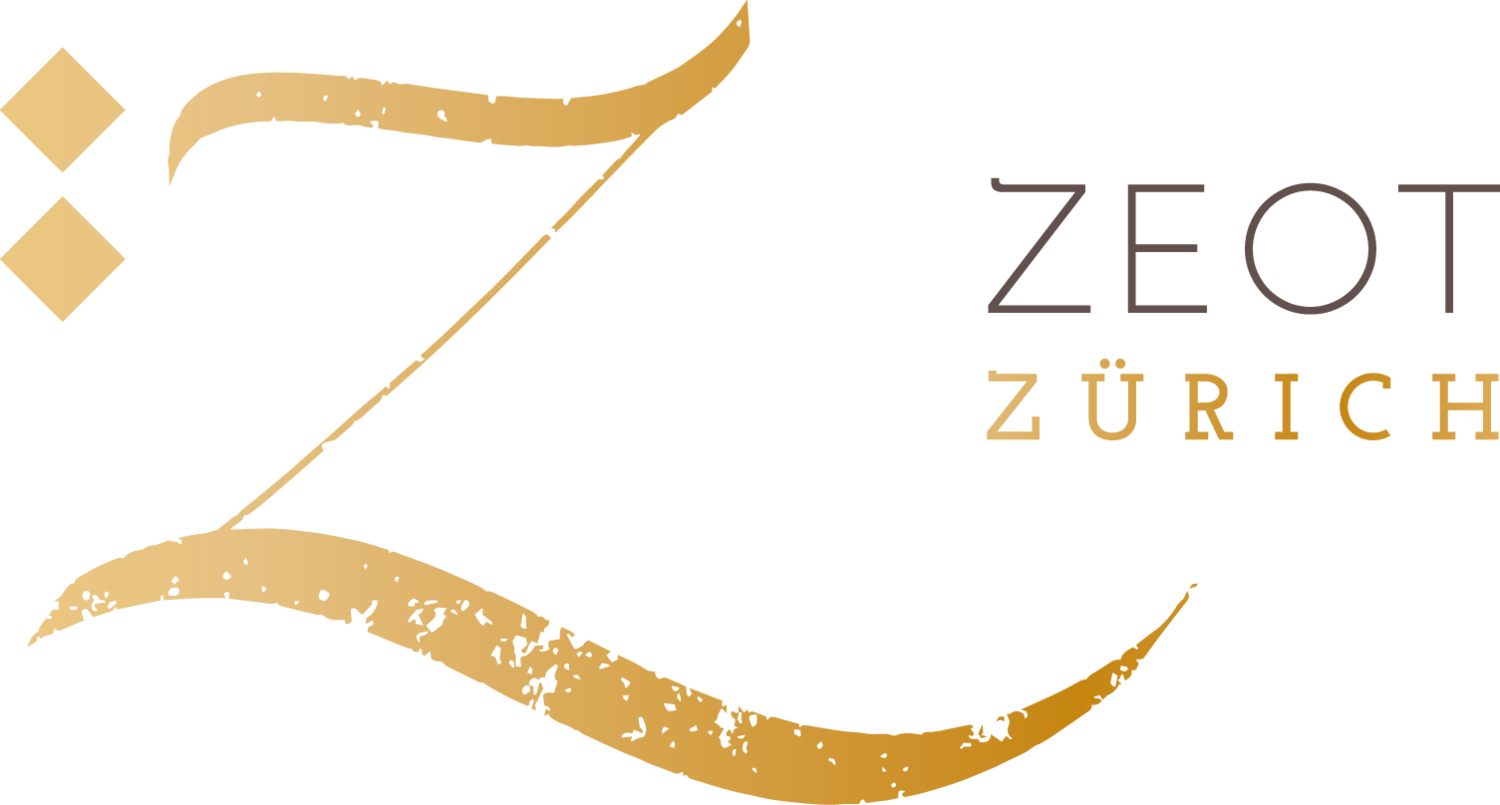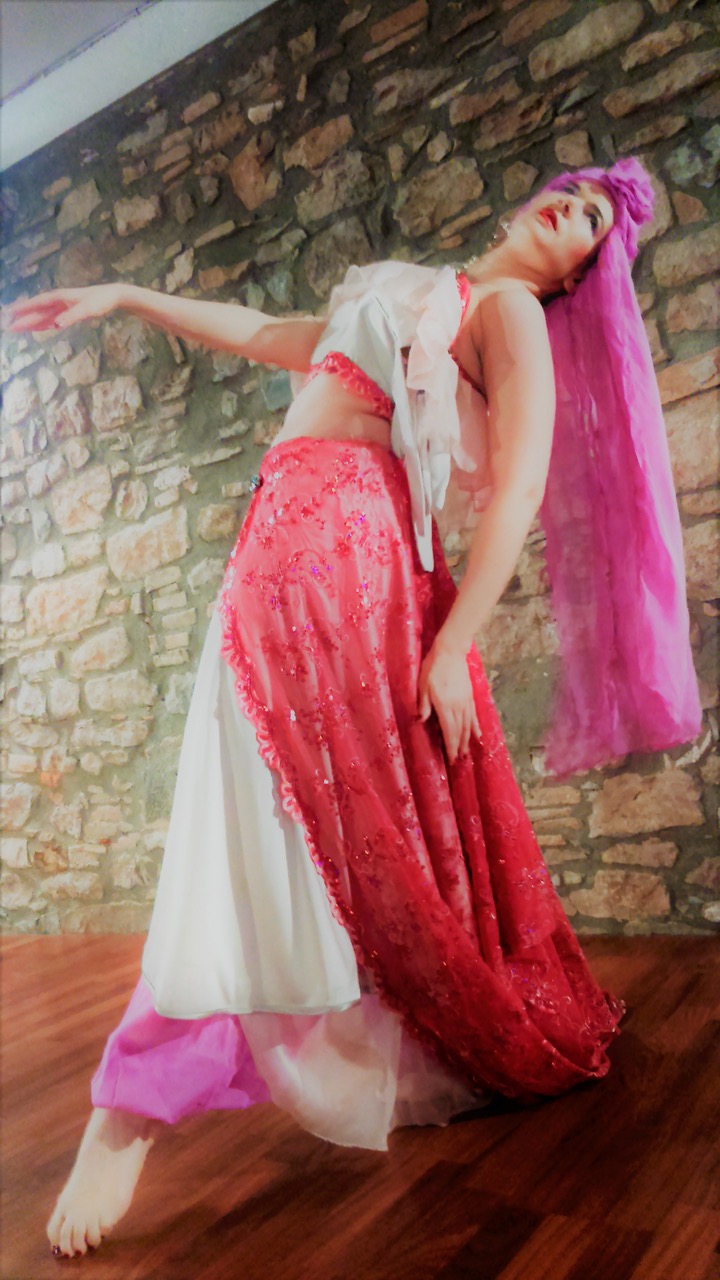Coinciding with the theme of Kp6 at ZeoT Zürich - folkloric dance, we asked dancer Ingrid Selkis to tell us more about the journey of Egyptian folk dance onto the stage, a process that owes itself largely to the pioneering work of Mahmoud Reda.
MAHMOUD REDA’S LEGACY
Mahmoud Reda was always linked to sports and dance in general. From this relationship arose his interest in his country's folk dances, which lacked representation on stage. He proposed creating a group with the idea of elevating Egyptian folk dances to the category of those of other countries that enjoyed an international reputation and toured around the world showing their culture. And he did it! It was at the end of the 1950s that this adventure began and what would undoubtedly be a before and after not only in Egyptian folklore, but also in oriental dance. Influenced by the American musicals of the time, his knowledge of classical ballet and other dance disciplines, Mahmoud Reda created the technical base from which all Egyptian folklore would be developed for stage without losing the essence of the particular regions of the country. From a long and intense work of investigation journeying to every corner of Egypt discovering its unique dances, music, clothes and ways of life, an immense project was born. Reda’s work received great acceptance and recognition not only from the Egyptian government itself but also from the general public. He left a great legacy as much in folklore as in oriental dance, since Reda’s technique is recognized in many of the most modern combinations. His influence can also be seen in well known styles such as dance with melaya, which had its origin in the Reda company that was also the pioneer in the style of Andalusian dance or male stick dance "tahtib".
THE INFLUENCE OF MAHMOUD REDA ON BELLY DANCERS WORLDWIDE
As a belly dancer, Ingrid Selkis discovered the Reda technique years after she began her career in this art and from the beginning of her training she knew that there would be a before and an after in her path. And so it was. She discovered it was not only the technical contribution that gives richness to the dance, with the importance of space, displacements and changes of weight and focus so characteristic of the combinations of Mahmoud Reda but also another way of reading music. It was a way of interpreting folklore in a simpler and at the same time more authentic way, of feeling the fluidity and coordination of the movements without losing the strong contact with the earth. All this and much more makes the Reda technique an indispensable tool today in her dance and in that of many dancers who have found in her a source of wisdom in the Egyptian folklore tradition and also of creation for their own artistic projects. (Translated from Spanish by Alia.)
Ingrid Selkis will be at ZeoT Zürich on November 24th 2018. More info here.



